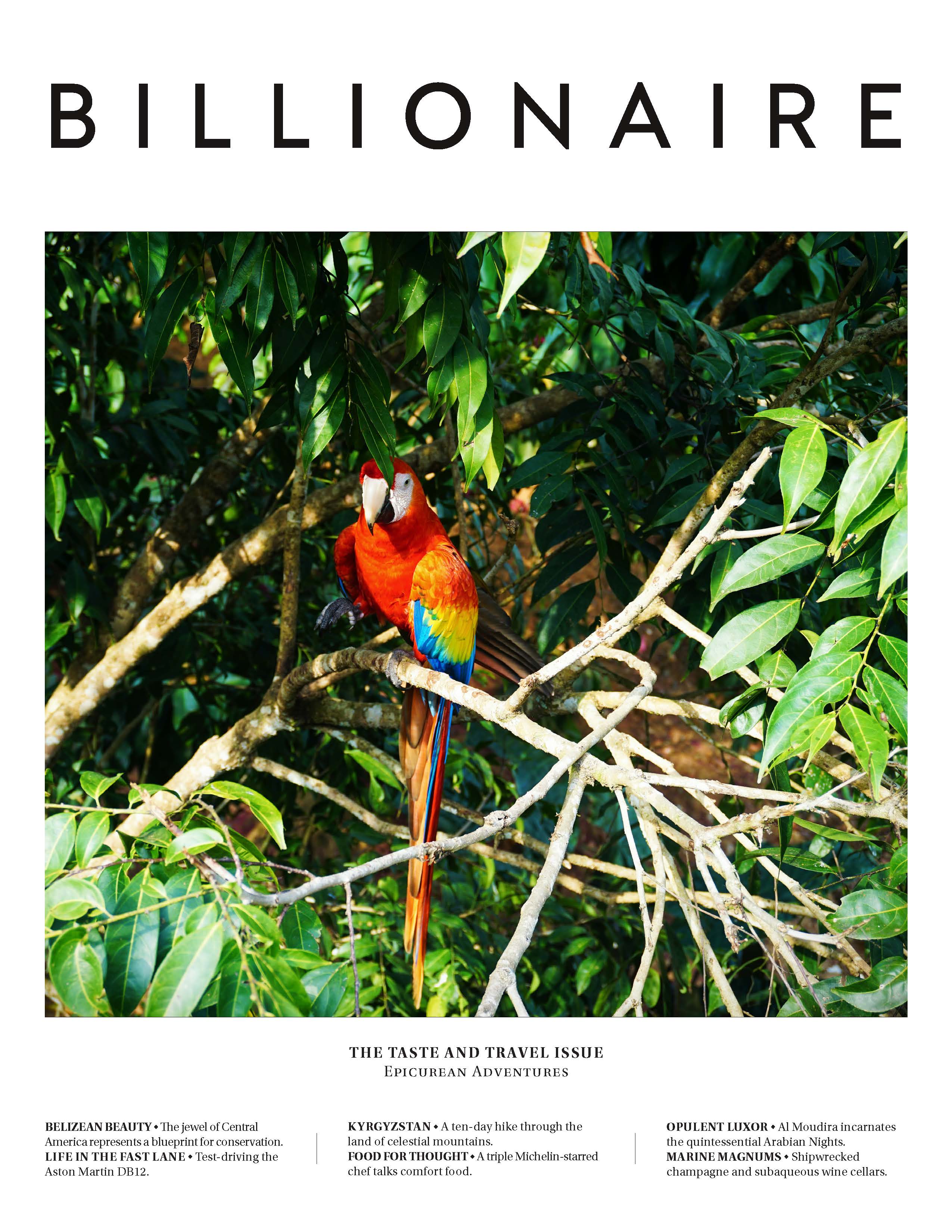Heart of Burgundy

One of the world’s most famous wine-growing areas forms the backdrop for an exquisite new hotel.

On an early September morning in Puligny-Montrachet, in the heart of Burgundy, farm tractors, machines and small vehicles drive around the historical village with loads of freshly cut grapes, as precious as rough diamonds.
There is a unique excitement in the air and the scenery is picture-perfect. Undulating lines of hills and dales, punctuated by historic limestone buildings, ancient wineries, villages gathered around a square and the manor houses of 18th and 19th century wine merchants, in an endless succession of small plots of vines tended like bonsais.

In one of the world’s most famous wine-growing areas, history still plays an important role. If the land first saw viticulture practised by the Celts, winemaking has come down to the present day thanks to the expertise of many individual wine growers, far removed from the rules of industrial production of the large estates. The unique savoir faire springs from a centuries-old family tradition. This is rewarded, today, by international recognition: the Burgundy region and handkerchief-sized vineyards are Unesco world-heritage listed sites.
It is in this rich historical context that Como Hotels and Resorts decided to open its first address in France. Como Le Montrachet is a multisite hotel that occupies three-fourths of Place des Marronniers, the historical village’s main square known for its classic lines, grand simplicity, and listed facades. On one side of the square, there is the main hotel and restaurant, the former Hôtel le Montrachet, with its long-lawned garden; on another side there is the newly renovated Residence, with two floors of rooms; and, on the third side, there’s Villa Christine, rich with high oak-beamed eaves uncovered during the renovation process.

It was “the elegance of the architecture, the grace of the proportions, and beyond the square, a rise of ground with some of the finest vineyards in the world” that convinced owner Christina Ong that Puligny-Montrachet was the ideal location for Como’s first French hotel.
“There is something dignified about this village, in how it plays with proportions and expectations, between humility and grandeur, the understated and the rare,” says Ong.
She worked with long-time friend and Milan-based designer Paola Navone to imagine interiors that bridge the gap between tradition and modernity. Inside the rooms, 18th century Toile de Jouy prints were inspired by scraps of material Navone picked up in local markets, and the palette of grey, blue and sage echoes the shades of the surrounding countryside.

What drove Navone on this project was working with local artisans. Inside the main gastronomic restaurant, which was renovated to unveil a striking vaulted volume, Navone chose to honour the hand-crafted nature of Puligny-Montrachet. She says: “I designed a wall inspired by the local basket-weaving tradition: an 80-square-metre, 10m-high wall fashioned with wet willow in the traditional way. From the minute you collect the willow, prunings we’ve reused, you have one month to complete the weave. We had to catch a moment in nature, tied to the season. To make the restaurant space come alive, I also designed five giant moons, each moon two 2m wide and weighing 97kg illuminated from the inside with a gentle glow. These moons are wrapped in a metal wire, which is stitched very carefully, an exaggeration of a technique used all over Europe to repair broken ceramics. I like the fragility this design imparts”.
Engaging with the best craftspeople was a way for Navone to pay tribute to the way local wine growers work. A blacksmith helped design the metallic outdoor tables completed with a lava stone glaze, and zinc, typical of French rooftops, was used for the bar counter, as well as furniture. The Milan studio reconnected with French interior design tradition, carefully choosing materials, manufacturing techniques and finishes to craft a unique sense of place.

Inside the restaurant, chef Romain Versino has naturally embraced the Burgundy region, working with cheesemaker Alain Hess in Beaune or with Ferme de Clavisy in Noyers-sur-Serein, Burgundy, to source veal, beef and lamb. Although his cuisine is naturally inspired by the South of France, where he is from, his signature dish, the grain crusted pigeon, speaks about his love of the local terroir.
The pigeon comes from a local producer Patrice Sanchez near the village of Aloxe-Corton, who only feeds the birds with grains and maize. Paying tribute to the way the birds are fed using only grains and maize, two pigeon supremes and a slice of foie gras are wrapped in cabbage leaves and cooked in puff pastry covered in grains. Roasted in the oven, it is served juicy, sliced up in two with slices of nectarines and shallots in vinegar.

The result is superb especially when paired with an affordable glass of 2017 Pommard La Chanière from Domaine Germain Père et Fils by expert head sommelier André Berthier. Berthier looks after some of the region’s most promising labels and young winemakers on the wine list.
This article originally appeared in Billionaire's Taste and Travel Issue. To subscribe, click here.









